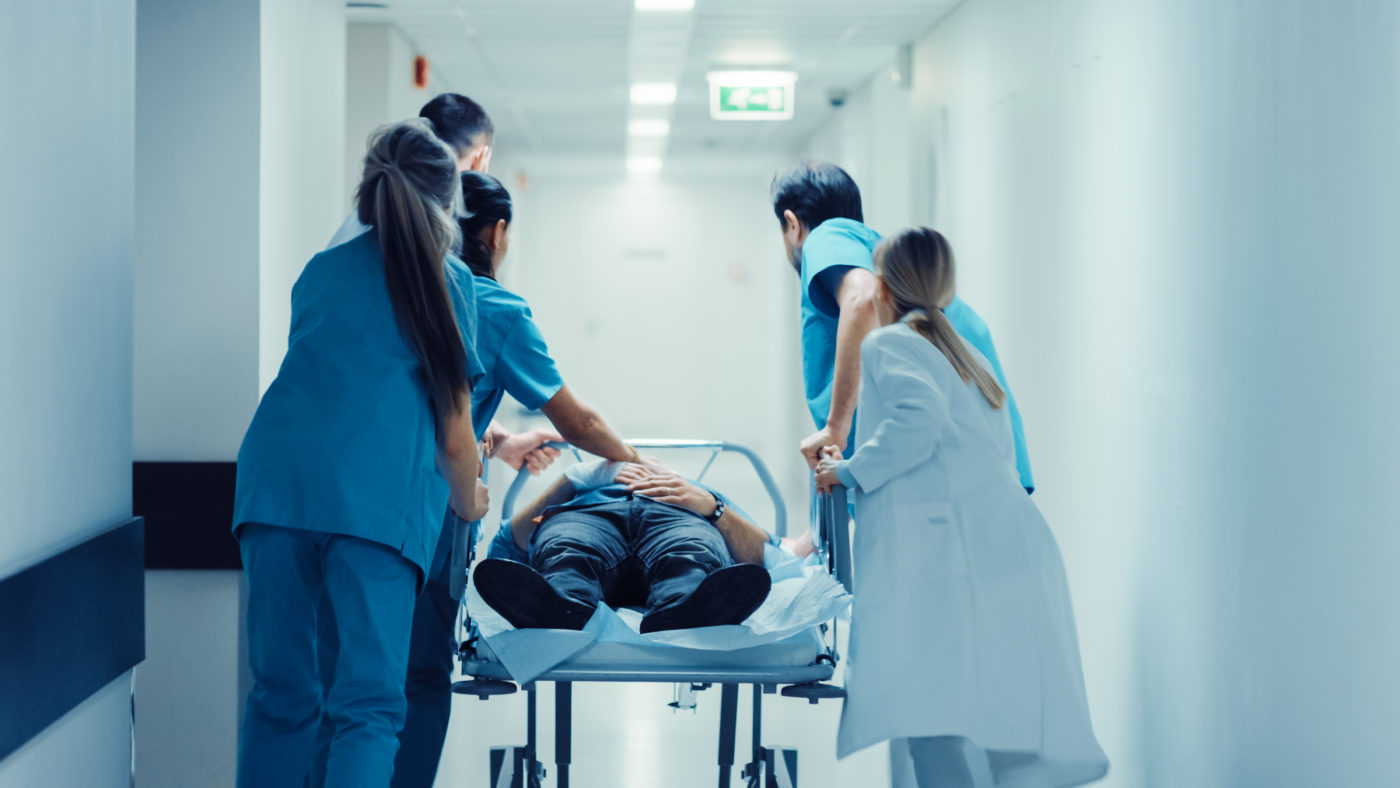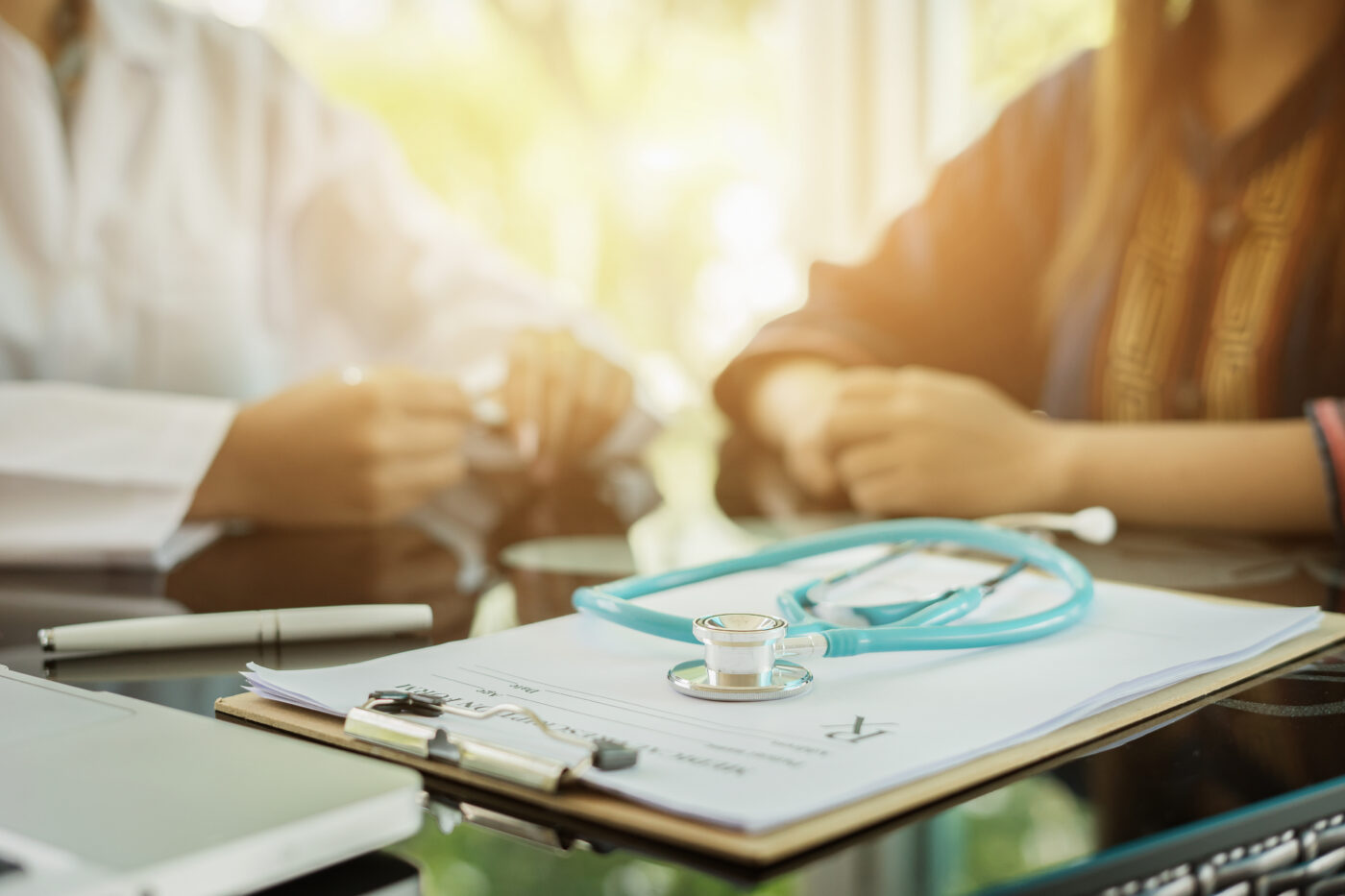Accidents and emergencies can happen at any time from San Francisco to San Antonio. How you react can significantly affect the outcome of your situation. While it can be easy to panic in an emergency, knowing how to stay calm and respond reasonably can mean the difference between crucial minutes and getting the help you need.
Being involved in an accident or emergency can be physically and emotionally traumatic, whether you are in a car crash or have fallen at your home. In the event that it’s common for your bloodstream to be flooded with adrenaline. Taking stock of your surroundings, controlling your breathing, and getting help as soon as possible are essential.
There are generally set protocols to follow in emergencies like flooding or fire to help you get to safety. It’s essential to familiarize yourself with these protocols to know what procedures to follow in an accident.
If you are injured in an accident, you should contact one of the top San Francisco or San Antonio injury lawyers to help you build a case and get the compensation you deserve. Let’s take a closer look at a few ways to respond to accidents and emergencies.
Prevention
The best way to avoid accidents is to prevent them from happening in the first place. While you may be unable to get out of the way of natural disasters like tornadoes, wildfires, or flooding, you can help your family survive these kinds of emergencies by being prepared.
To help minimize injuries and accidents in the workplace and around your home, you must complete a risk assessment inspection. Take a close look at the environments in and around work, play, and living areas and identify items that pose a risk. Once you have taken care of the risk elements, you can prevent accidents and injuries.
Remain Calm
One of the hardest things to do in an emergency or following an accident is to stay calm. While you may be in shock or frightened, it’s still essential that you do everything you can to stay calm and collected. Try to center yourself by taking a few deep breaths and getting your mind and body under control. You can then calmly assess the situation.
Follow Protocols
When you are in an accident, there are specific rules that need to be followed by law, including exchanging insurance information, contacting the police, and calling the EMTs for those injured. In any emergency situation, following the protocols in place can help you remain calm and take the necessary action to get you and your family to safety.
Get Medical Help
If you or someone else has been injured, you need to get medical attention as quickly as possible once you have secured the scene. Call 911 and request EMTs to come to your location. If you have CPR or first aid training, you can assist the injured person and try to keep them calm and breathing until help arrives.
Once you have reached the emergency services line, you need to share as much information with them about the circumstances of the emergency as possible. Let them know your name, address, sex, age and description of the injured party, the nature of the injury, and your involvement in the crisis. The more details you can share with the operator, the better they can assist you and inform the approaching EMT teams.
Provide Basic First Aid
Even if you are not certified in First Aid, there are simple common-sense ways that you can help during an emergency. Your first move should be to check the physical condition of each person in your immediate area. Locate a First Aid Kit in your home, car, or office building. Always take special care with children as they are more delicate and their conditions can escalate quickly.
Once you have located a person that needs your help, you need to follow the rules of First Aid that can be broken down into the acronym DRABC’s. These steps include Danger Awareness, Response, Airways, Breathing, and Circulation.
Danger
- Your first priority is to ensure that you and the injured party are not in any immediate danger. For example, if there is a car accident, you should make sure that you are out of the way of oncoming traffic before attempting to help.\
Response
- Gently check the injured party for a response if they seem to be unconscious. Ask them for their name or to look at you.
Airways
- Check to see if the airways are clear. Open the mouth gently to see if there are any objects that are blocking their airways and clear them out.
Breathing
- Check for breathing by putting your ear close to their nose and mouth and watching their chest for small movements.
Circulation
- If the injured person does not have a pulse, you will need to start CPR as quickly as possible. Rescue breathing for five breaths and then fifteen chest compressions and then repeat until medical help arrives.
Collect Evidence
Once you have spoken to the authorities and gotten the medical attention you need, it’s time to take a closer look at your situation. If you have been involved in an accident that is the fault of another, you may want to start collecting evidence for a personal injury case immediately. Take pictures of the scene, get all contact information from involved parties and witnesses and collect the incident report from the authorities.
How to Respond During Natural Disasters
Over the years, as the climate change crisis continues to escalate, many places around the world are experiencing increasingly violent patterns of weather. The summers are getting hotter, the winters are filled with deadly storms and record setting cold temperatures and snow, and the spring often results in unprecedented storms including hurricanes and tornadoes. If you are caught in a natural disaster, knowing how to react could save your life.
Earthquakes
We are all familiar with the common earthquakes experienced on the West Coast, but lately, other areas have been experiencing serious earthquakes too. Places like Michigan, Missouri, and Tennessee have all begun to experience regular quakes. If you are caught in an earthquake, the most important thing to do is stay where you are.
When you start to feel the tremors, get down on your hands and knees quickly to avoid falling or being thrown off your feet. Seek shelter under a sturdy desk or table or get to the nearest doorway in your home. If you are outside during an earthquake, move to an open area where you will be safe from falling debris.
Hurricanes
In most cases, the path of an impending hurricane is closely followed and reported by weather officials. Residents generally know when a storm is approaching and should not delay to take action. If your area is under a suggested evacuation, it’s best to follow the recommendation. Batten down your home as well as possible and make your way to shelter away from the storm.
If you are caught in a hurricane, your best action is to move to an approved storm shelter. If you are at home, it’s best to stay indoors, stay away from the windows, make your way to a lower floor or basement, and try to wait out the storm.
Tornadoes
Tornadoes can whip up in a flash and you may not have much time to find the safest shelter. If you are driving on the road and you see an approaching tornado, do not drive towards it. If possible, turn your vehicle around and move away from the twister. If you can’t move away from the tornado, stay in your car with your seatbelts on and move under an overpass or bridge.
In your home, it’s best to move to the basement of your home when a tornado warning is alerted. If you don’t have a basement, move to your bathroom, or corner of your home and try to cover yourself with a bed mattress. Stay away from windows and other glass.
If you are caught outside when a tornado hits, try to find the lowest spot on the ground like a ditch and lay flat covering your head and neck as best you can. If possible, you can hold on to some type of permanent structure or try to get underneath something like a car or a bridge.
Tsunami
If you live in a coastal area, you could experience a tsunami. This occurs when an underwater earthquake creates huge waves that crash into surrounding shores. Tsunamis can be extremely deadly and all warnings should be followed. If you receive a tsunami warning, follow the instructions and the evacuation route. If you are caught somewhere and can’t escape a tsunami, it’s best to get to the highest elevation possible. If you are overwhelmed by a tsunami wave, try to grab onto something that is a permanent structure, climb a tree, or face your feet in the direction of the flow of water and curl up in a ball to protect your organs as best you can.
It can be scary and traumatic when you are involved in an accident or experience an emergency situation. Follow these tips to help you stay calm and get the help you need for your family.



